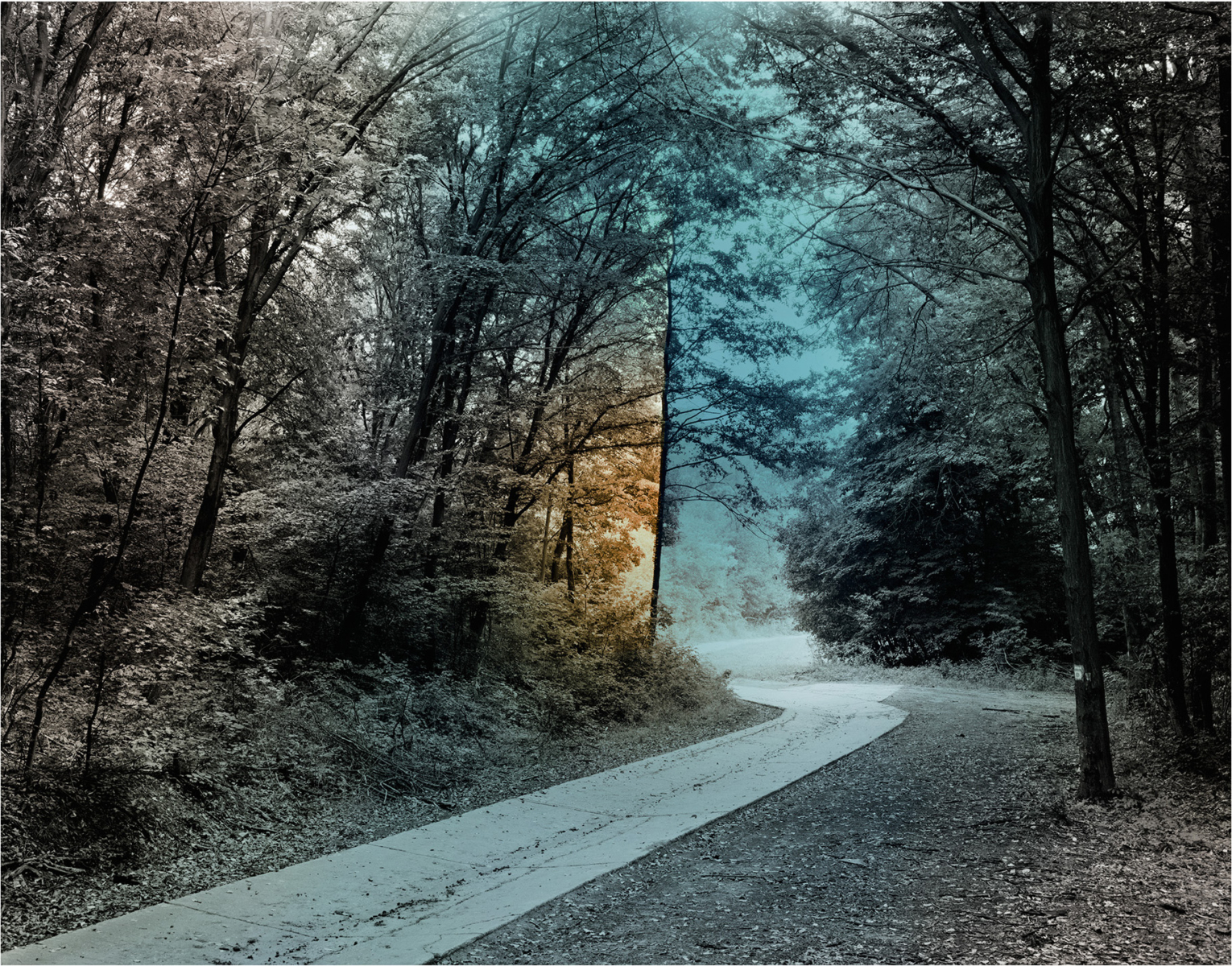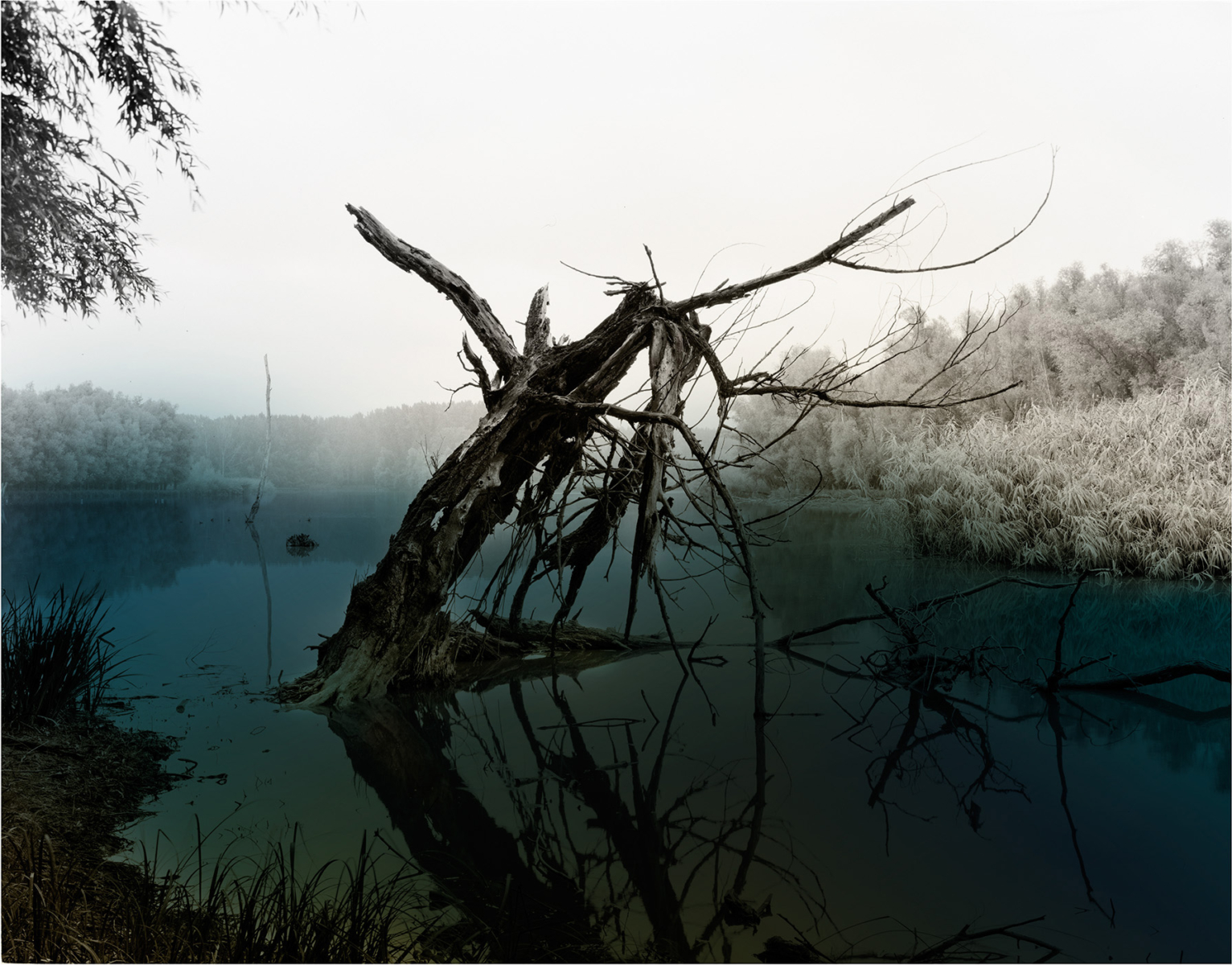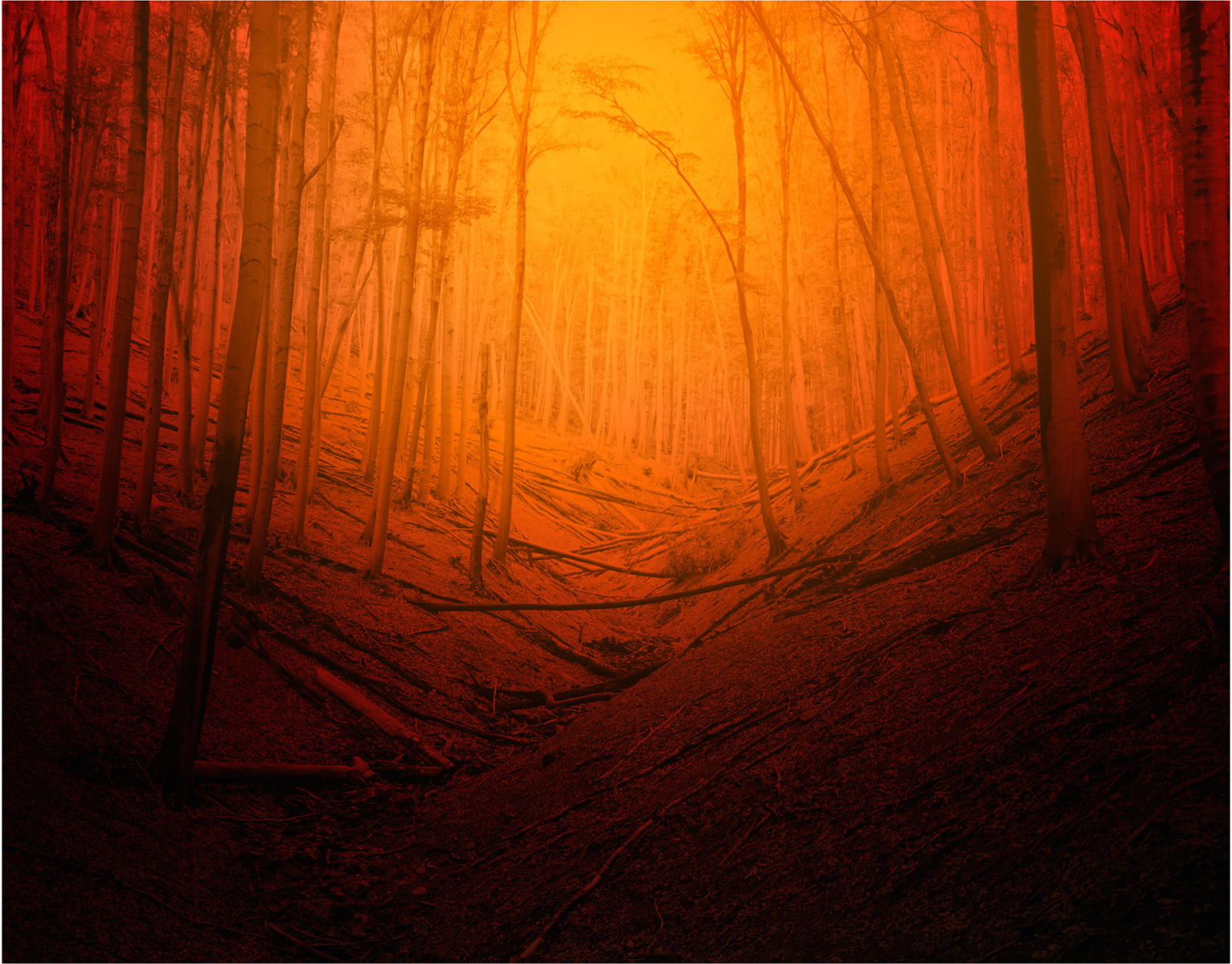Artist Blog
Every week an artist whose single image was published by Der Greif is given a platform in which to blog about contemporary photography.
Schwabenzug
Mar 04, 2016 - Gábor Arion Kudász
This year marks the 70th anniversary of Schwabenzug, the forced displacement of Svabians from eastern-european territories to Germany as a result of post WWII collective punishment of german speaking minorities. Since 2013 during a series of workshops MOME photography students took part in a project discovering the remaining traces of this dark heritage. “What is the present? What is real? What is defining?” asked one of the participants of “ The wandering Swab” workshop. These questions arise not without reason, but because they reflect on the fundamental questions of the project, namely: what actually remains of the Swabian reality? What we have, since this phenomenon of middle-european history hardly shows anymore, it has gradually disappeared, functions mostly as a projection on the black surface of the imagination – a non-existence consisting of narrative, reports, pictures, letters and memorabilia. The migration and organized colonization by Swabian and other German speaking groups, which started about three hundred years ago, was directed towards parts of the Hungarian kingdom that was depopulated due to Turkish occupation. This migration, as opposed to earlier ones, moved eastwards along the Danube and in the majority of cases the new settlements came into existence in regions close to the river- hence the German appellation: Danube Swabians. Although at that time they could not have read Hölderlin, their beliefs were consistent with him: Hier aber wollen wir bauen. / Denn Ströme machen urbar / Das Land. (Der Ister) Another kind of Swabian wandering took place at one of the extreme times of the 20th century, but this time towards home: by force, following WWII. many Swabians had to leave, while others remained. Some of the Danube Swabians were expelled, scattered. This is how one half of my kin ended up on the Rhine, the others at Thuringia. For them, this was no coveted "motherland" (west and east zone, later FRG or GDR), not only because new arrivals were often referred to as gypsies... The considerable cultural gap resulted from their agricultural way of life, centuries spent in a self-sustaining isolation. This situation that helped maintain their archaic traditions also resulted in communities that were unable to progress. Furthermore it contributed to their lagging behind the people of the homeland they once left. Later, as mid-century modernization, especially in the form of forced collectivization, became pervasive, lifestyle change and assimilation accelerated. Communication with contemporary German cultures, aside from the political limitations and misunderstanding, was hampered by their 18th Century rural dialect. As a result of the different dialects, much more radical than those that exist in Hungarian, few were alive to the possibility of switching to modern German. A couple of years ago I came across two old ladies who were speaking traditional Swabian; in passing I heard them say, in German: “… After my grandmother died I don't use our dialect, there is no one to talk to who would understand.” What remains of this German cultural inclusion is not much: some old folks with lots of memories, local history museums, nostalgia, many embarrassing style combinations; such postmodern variations can be found in every disintegrating traditional culture in excess quantity. This is why the question remains: What is present? What is real? Josef Tillmann





